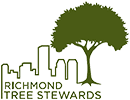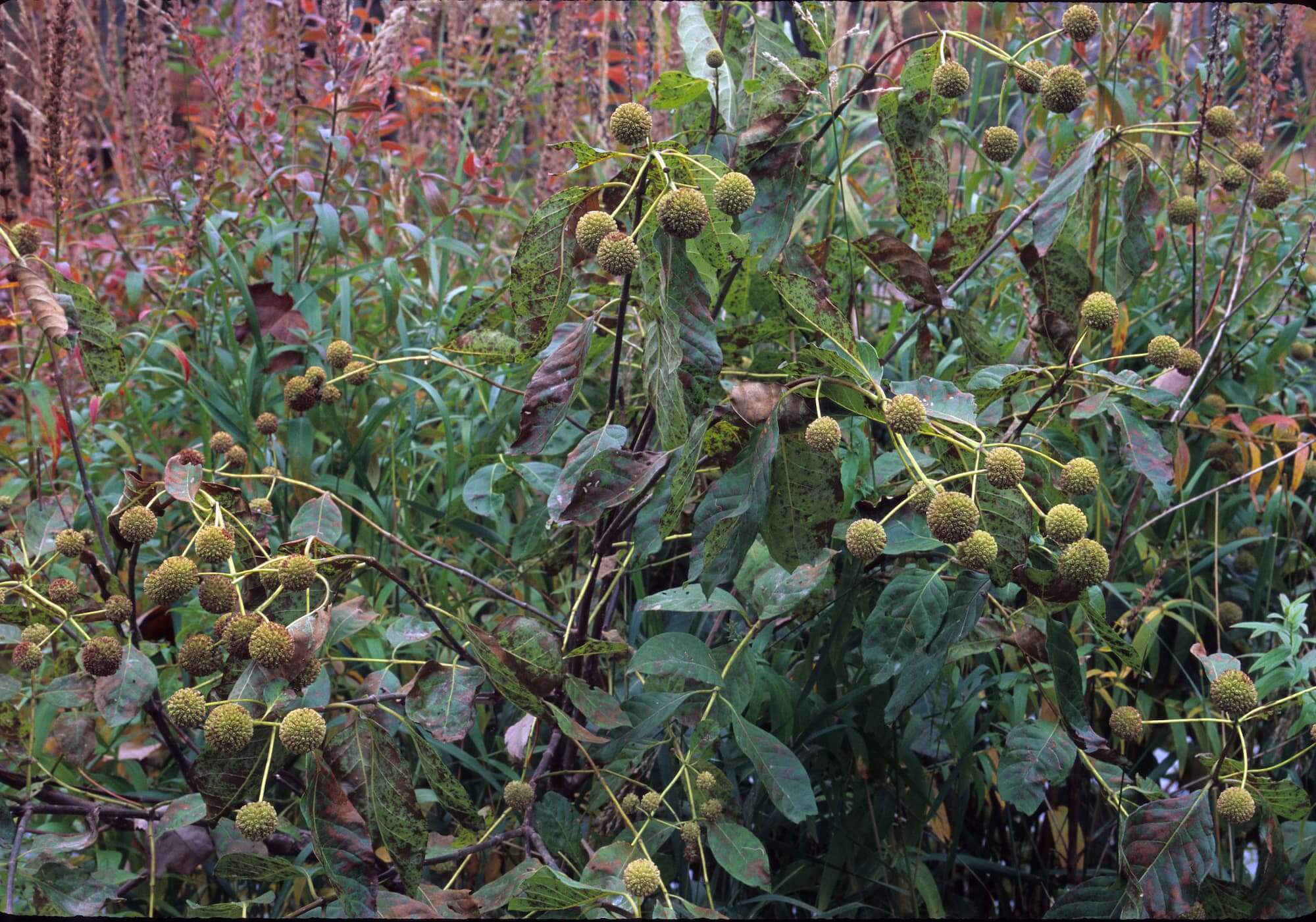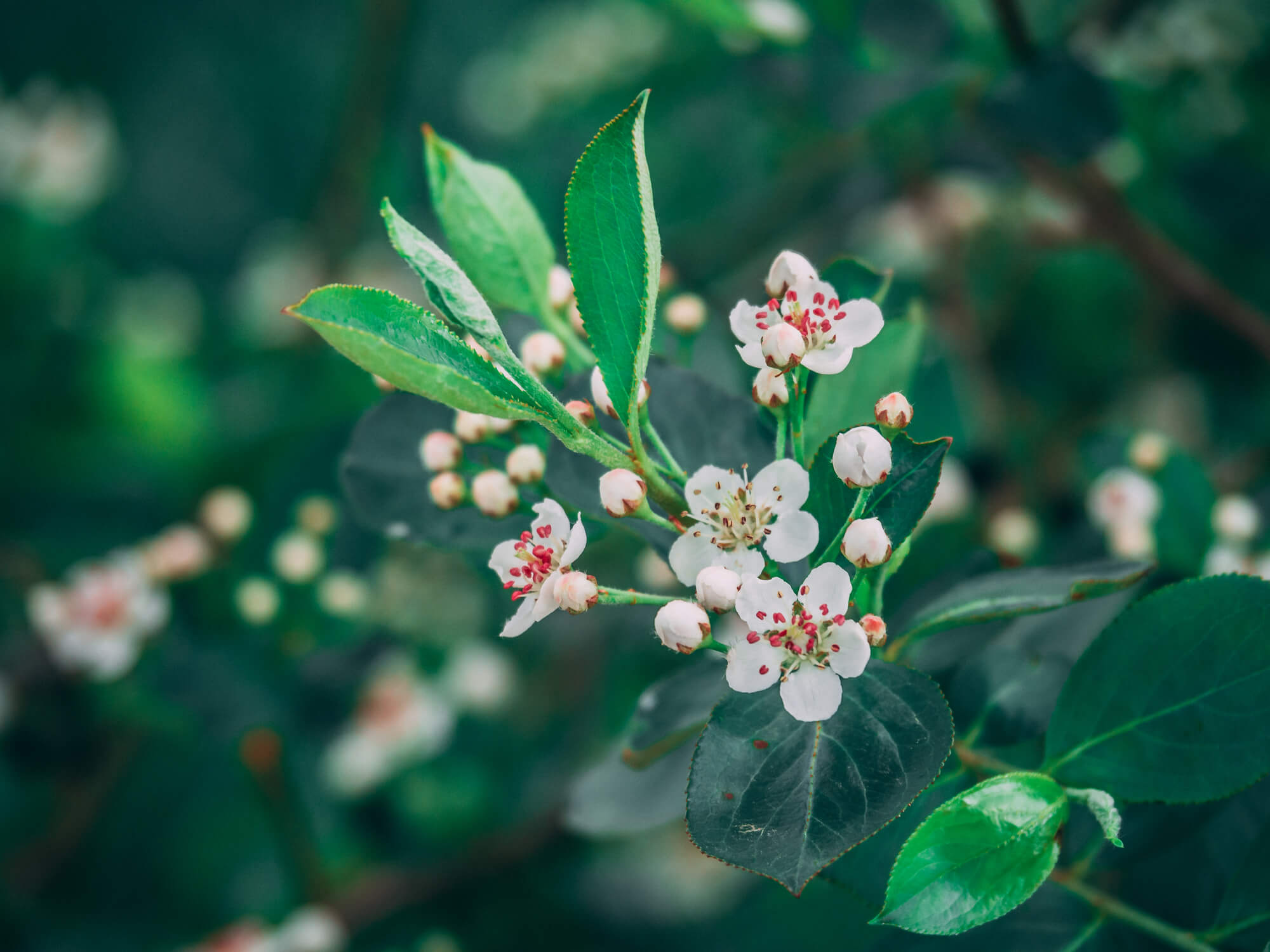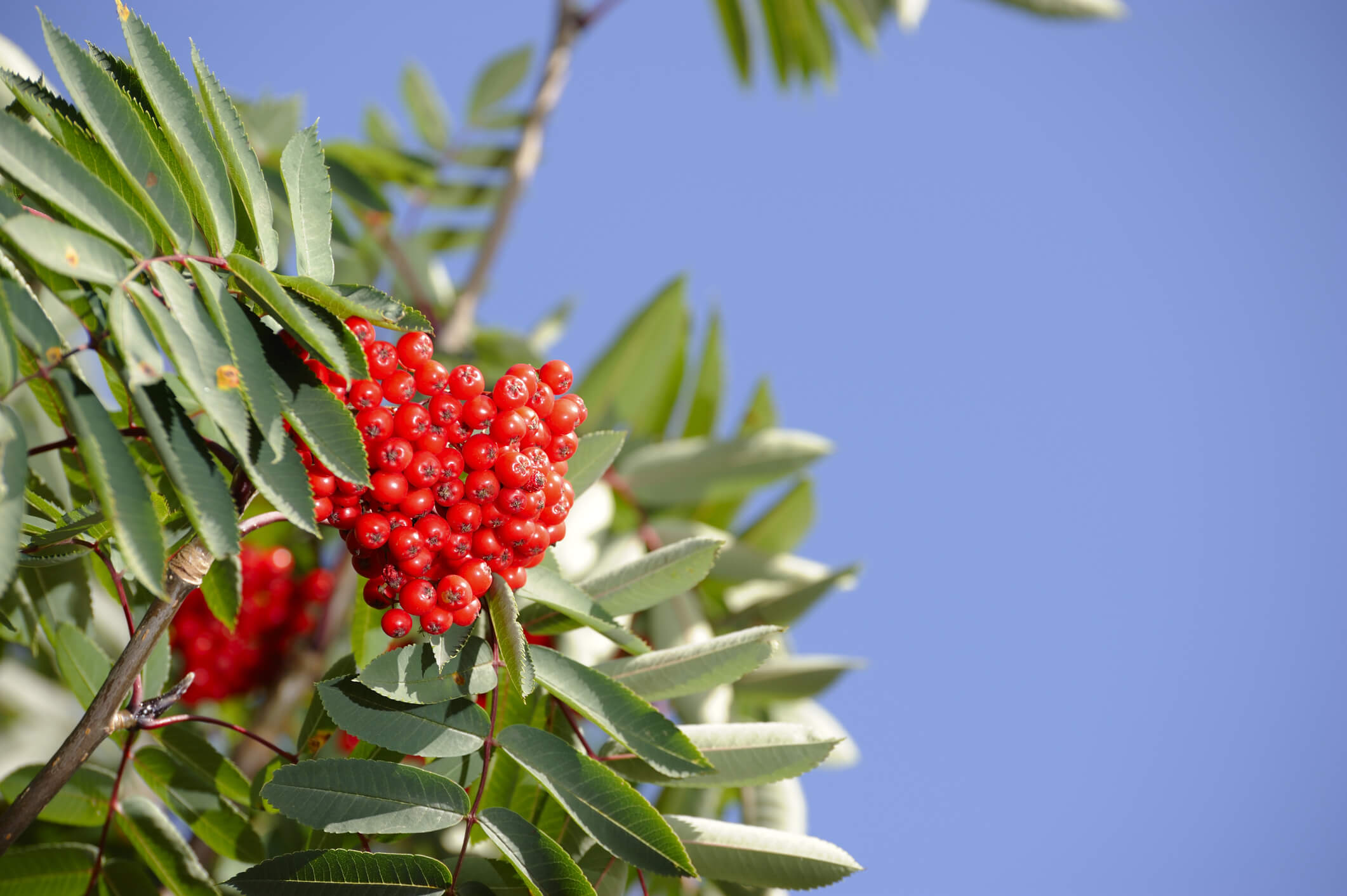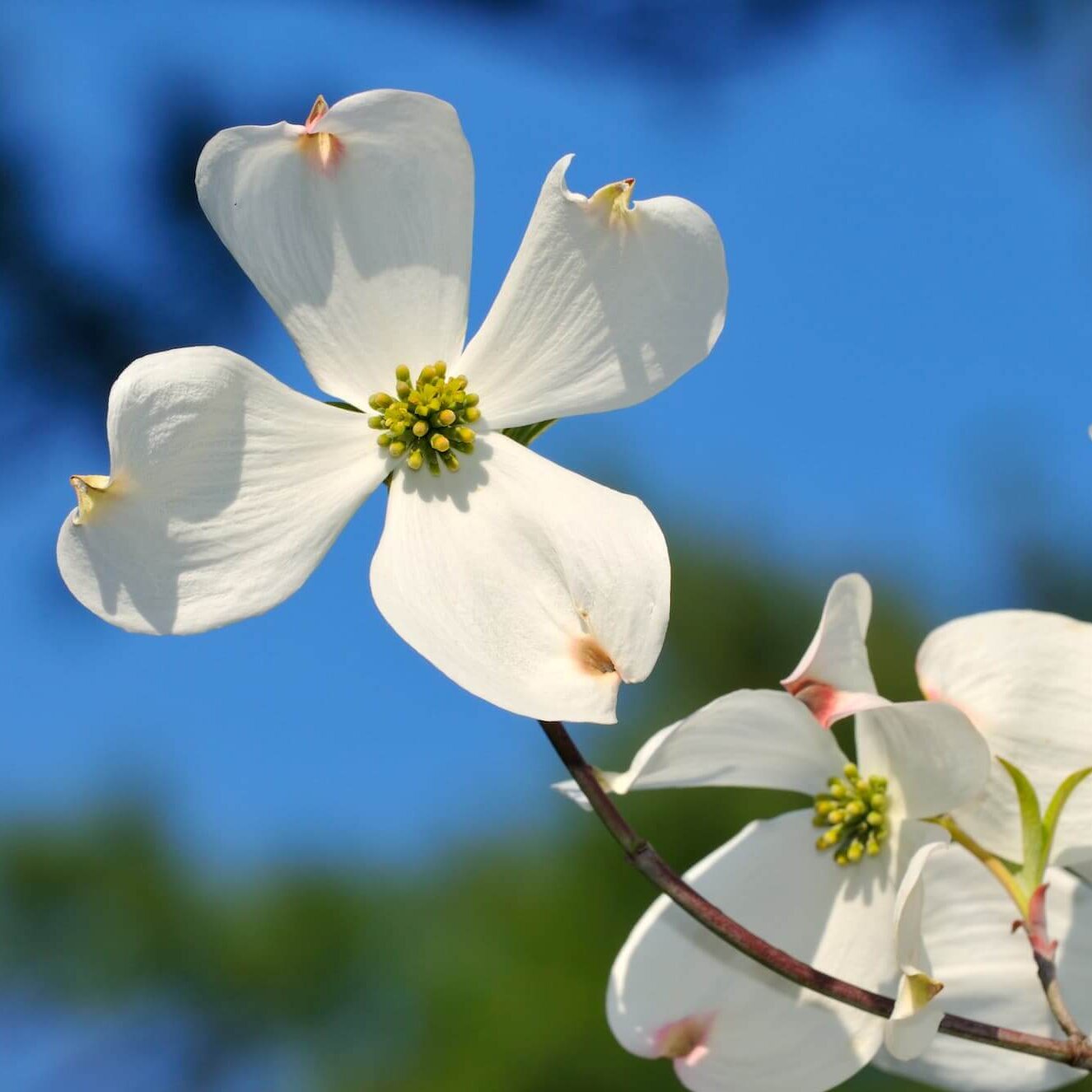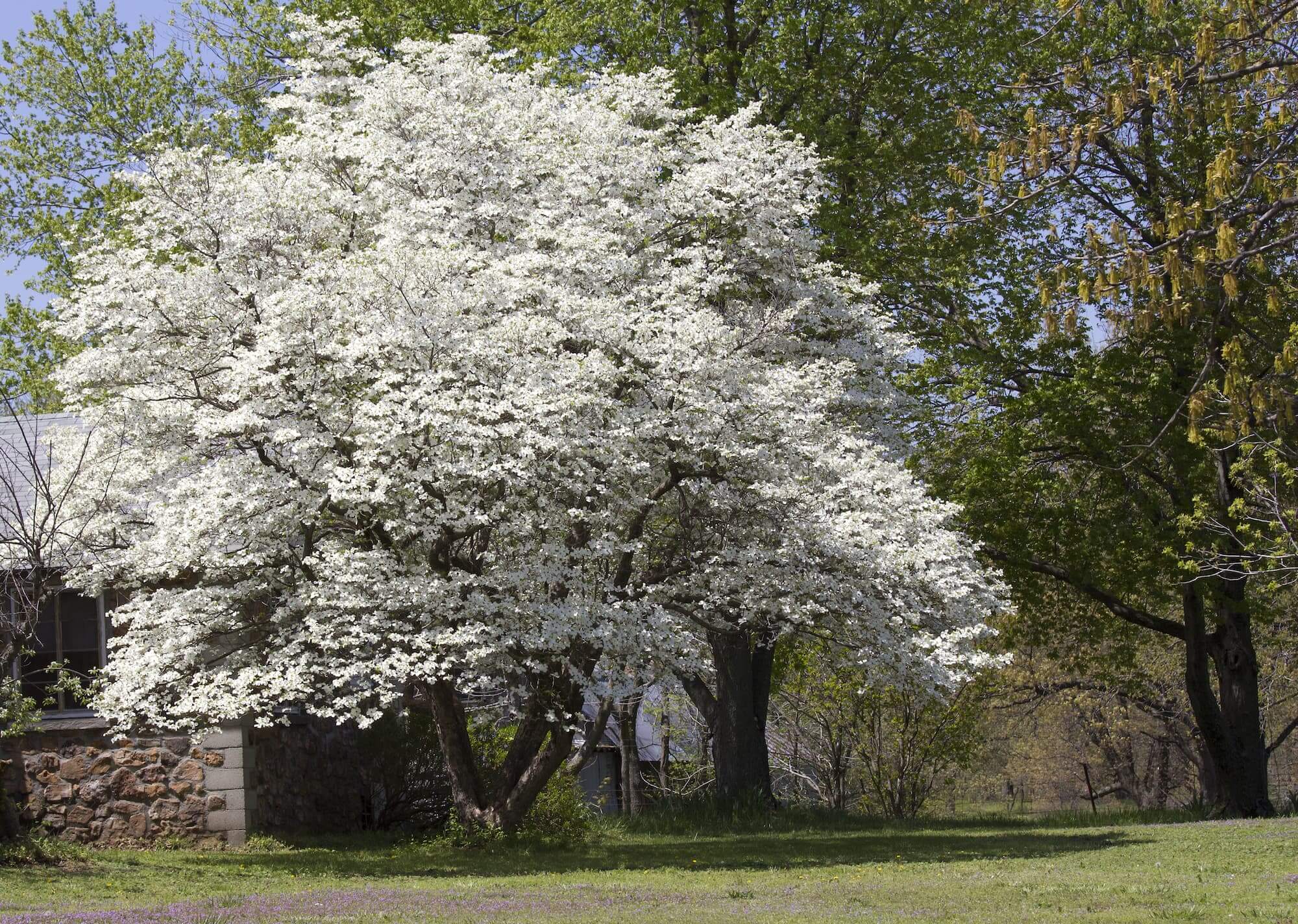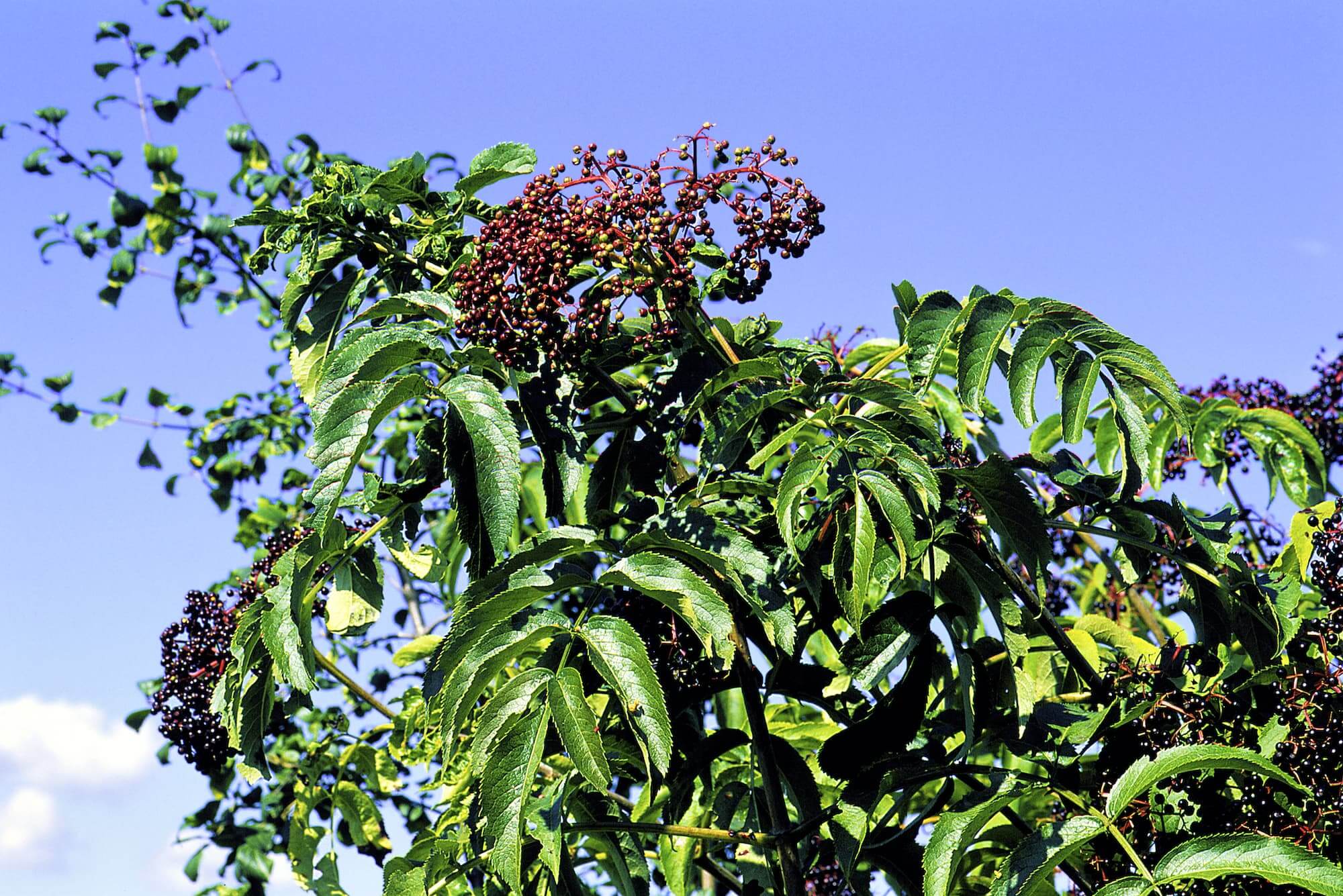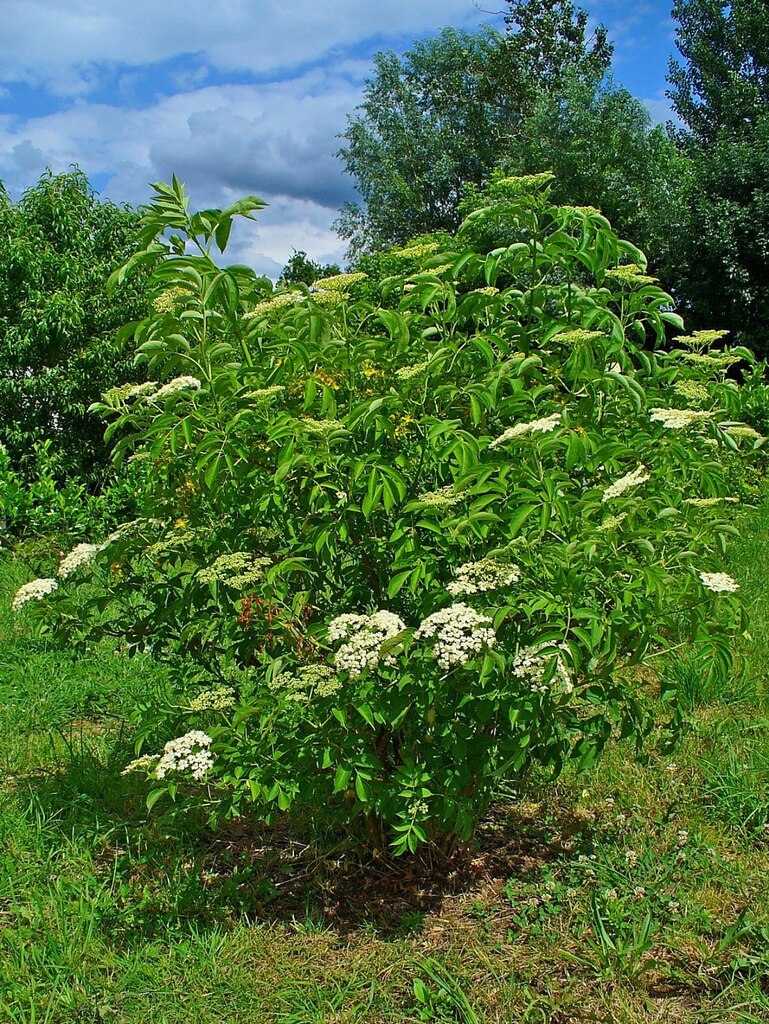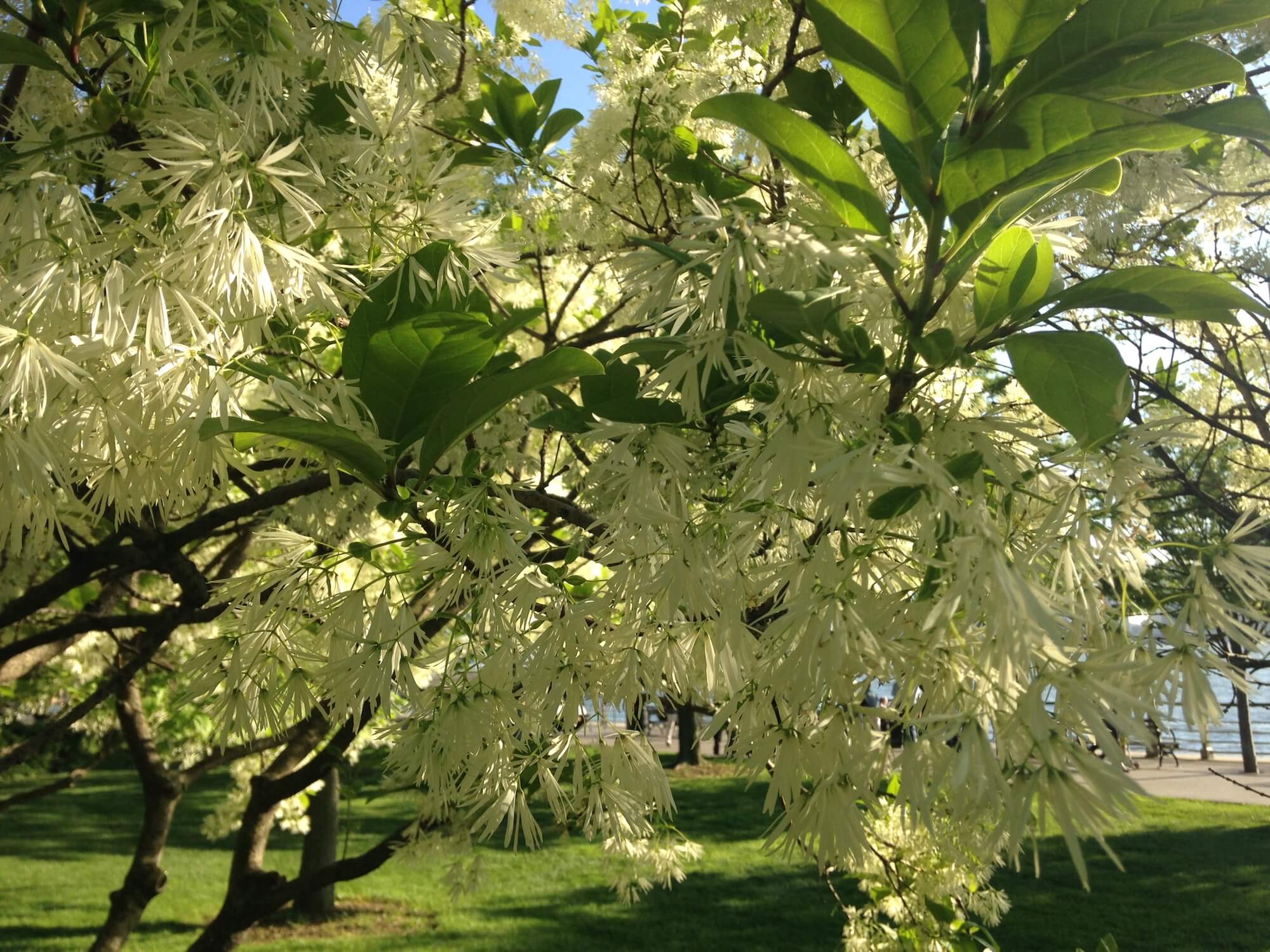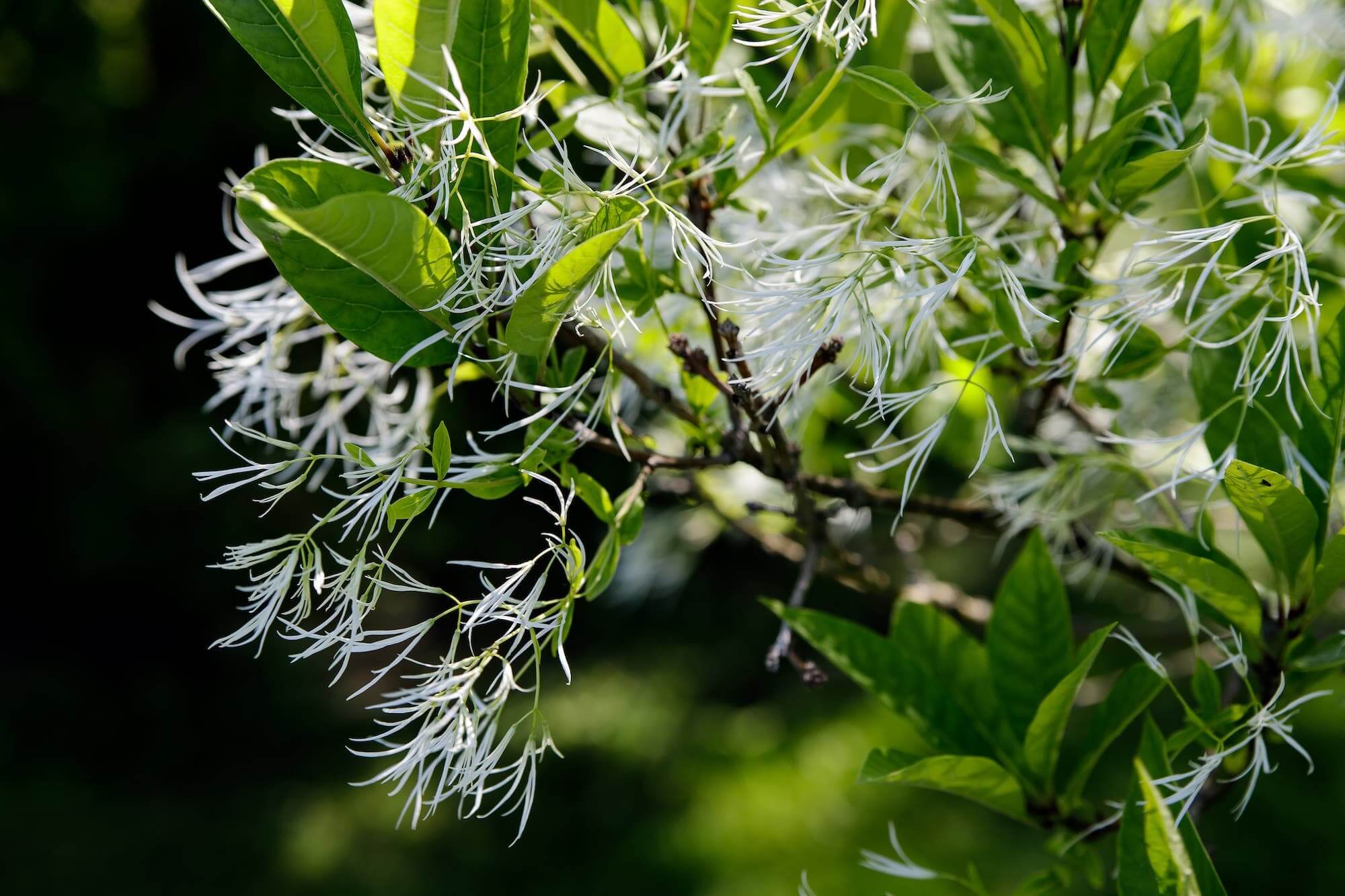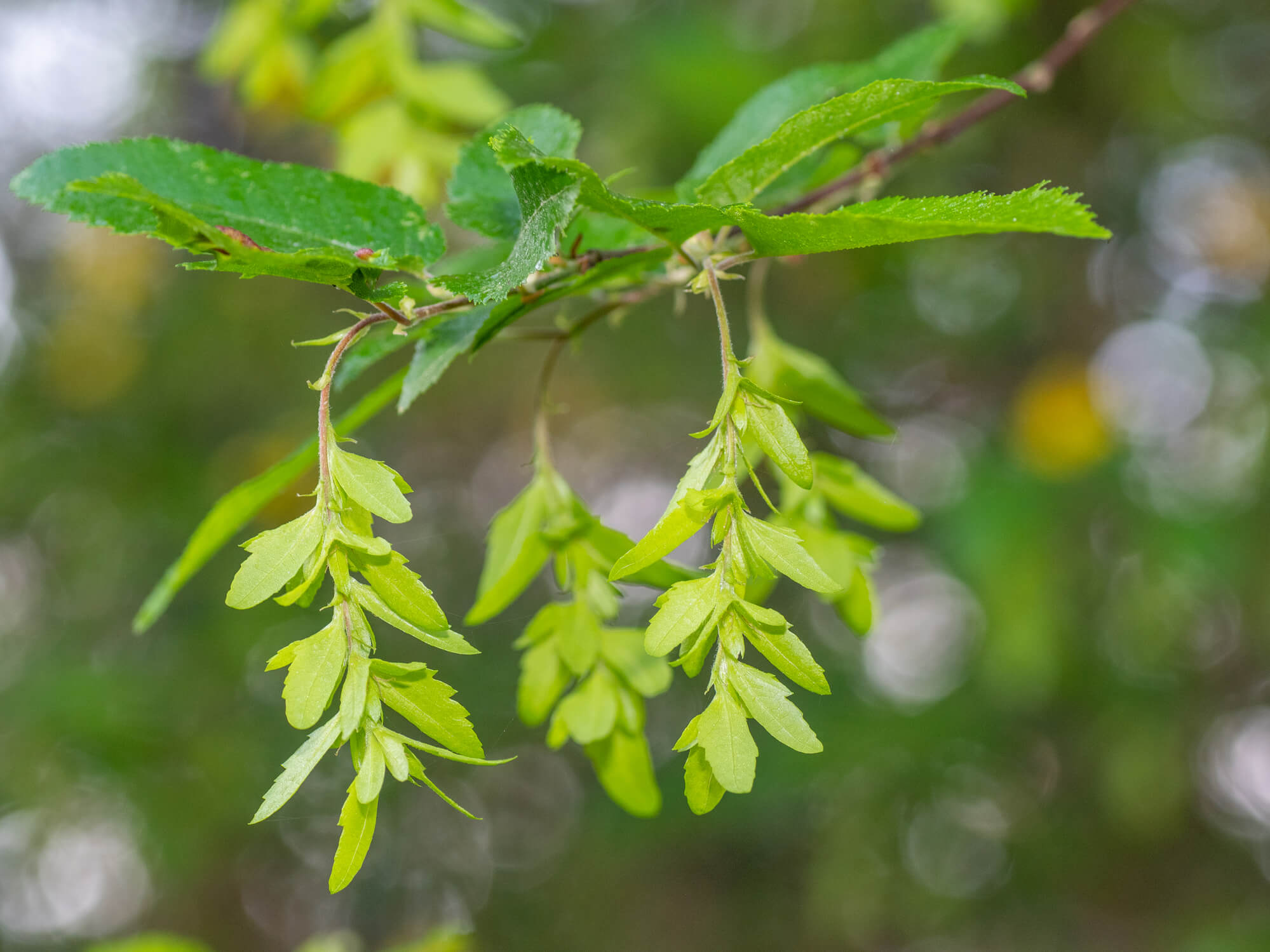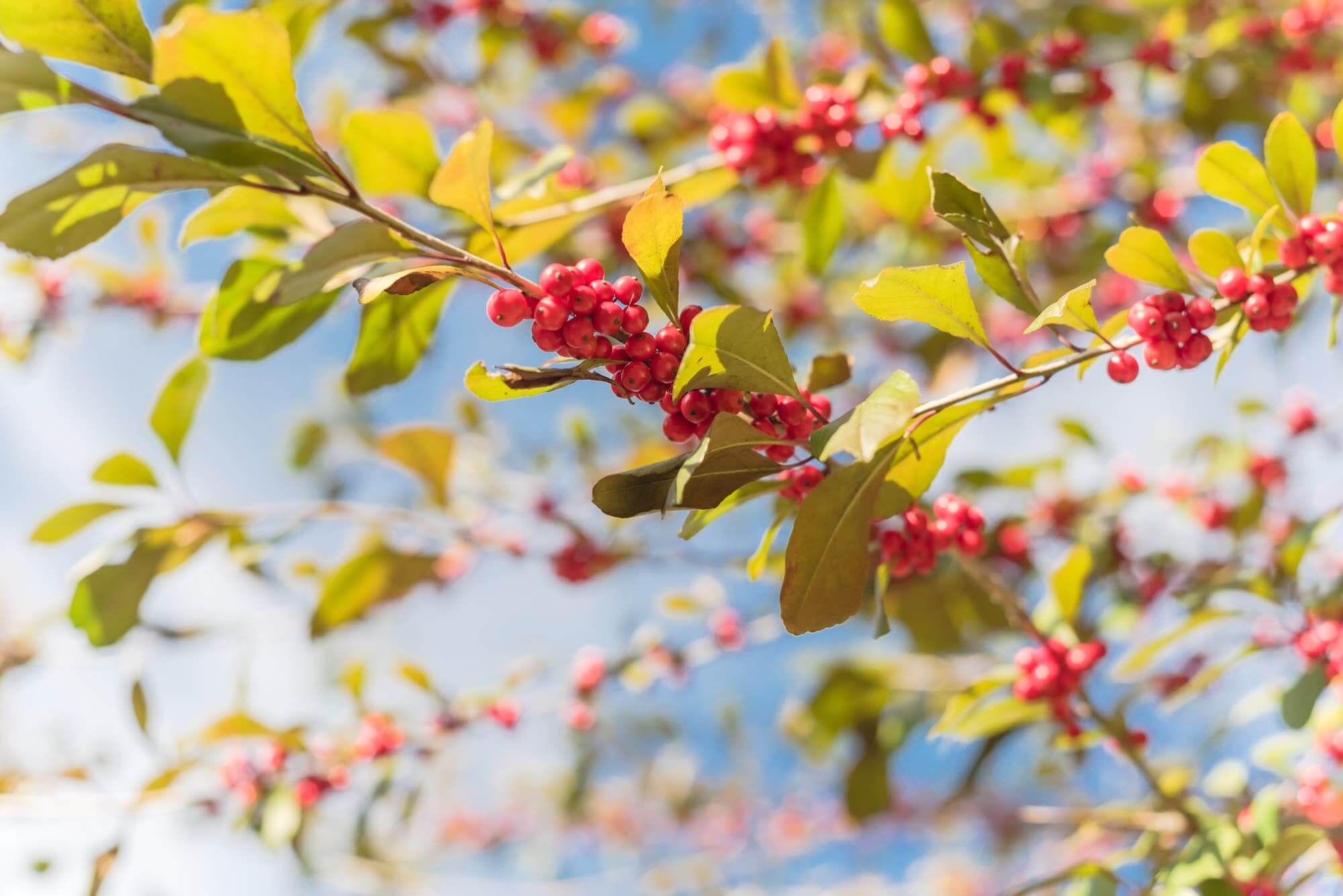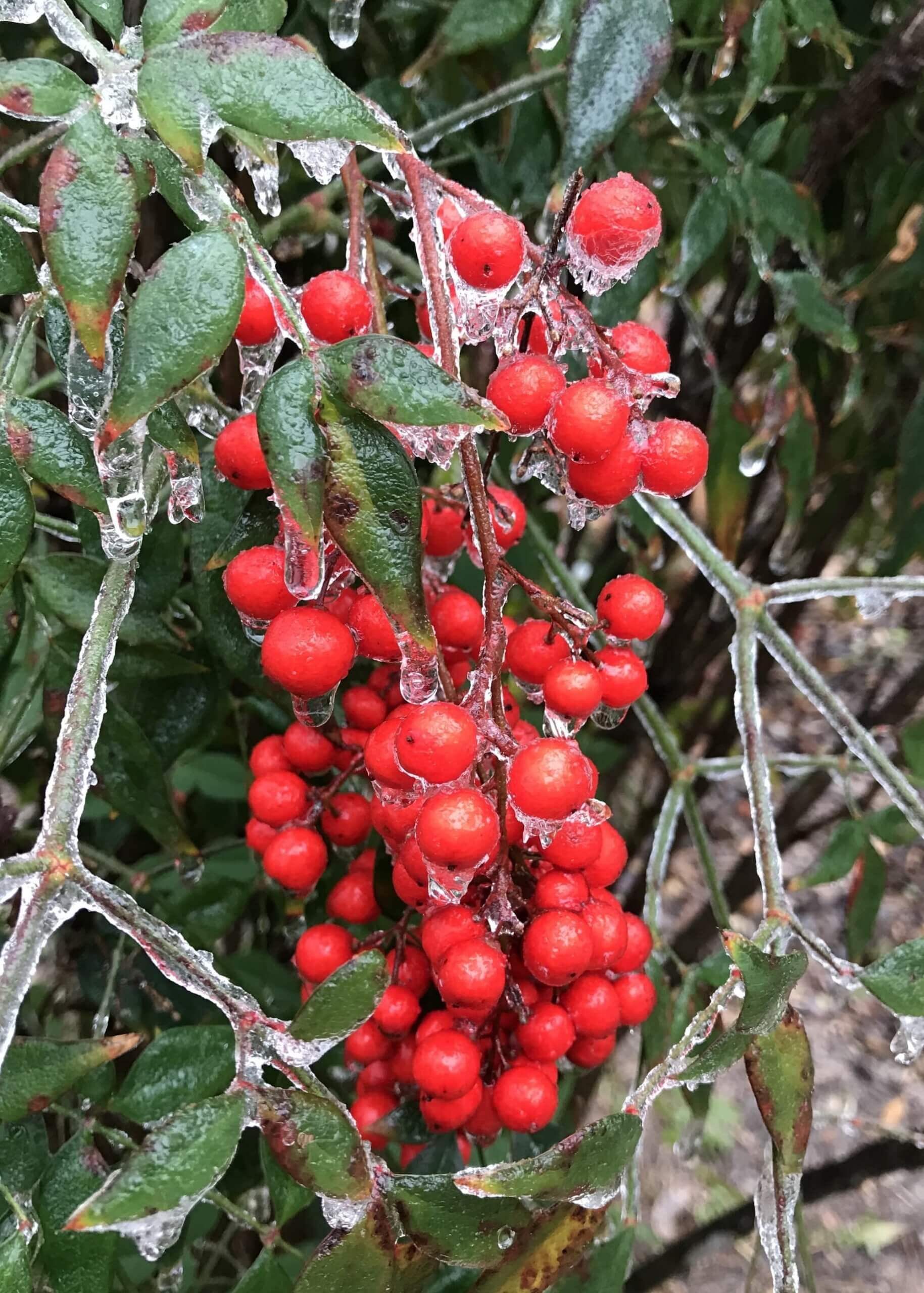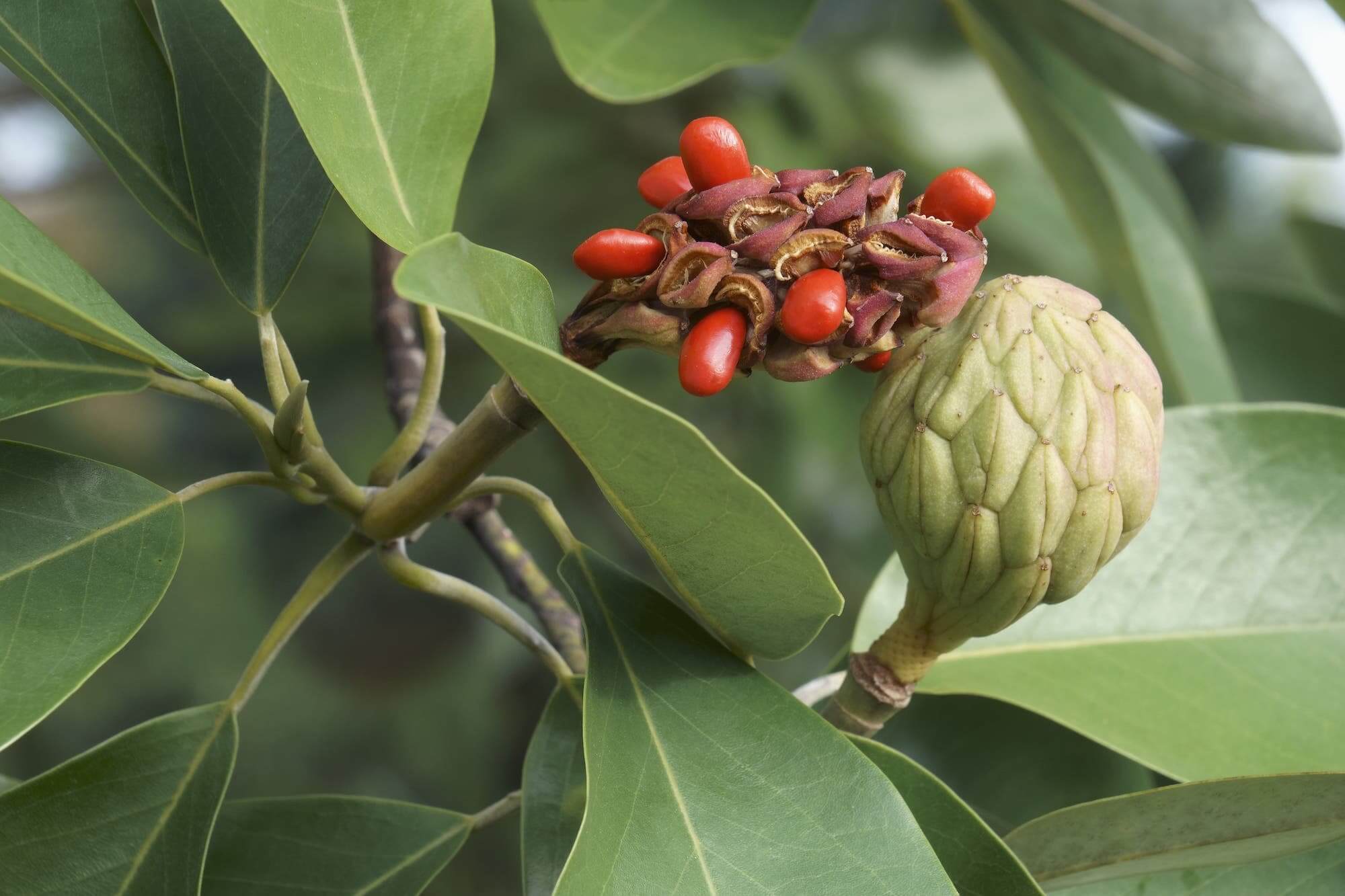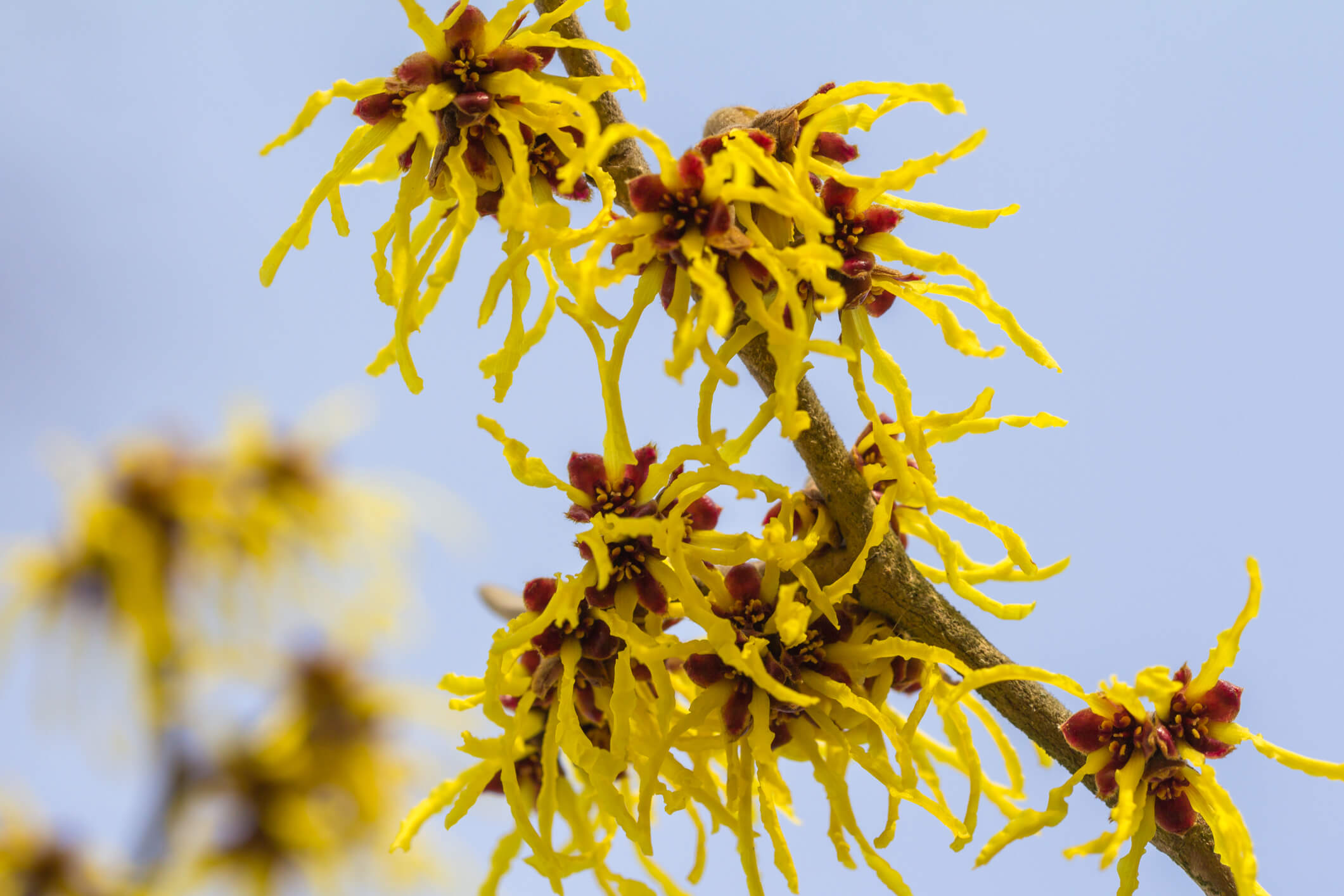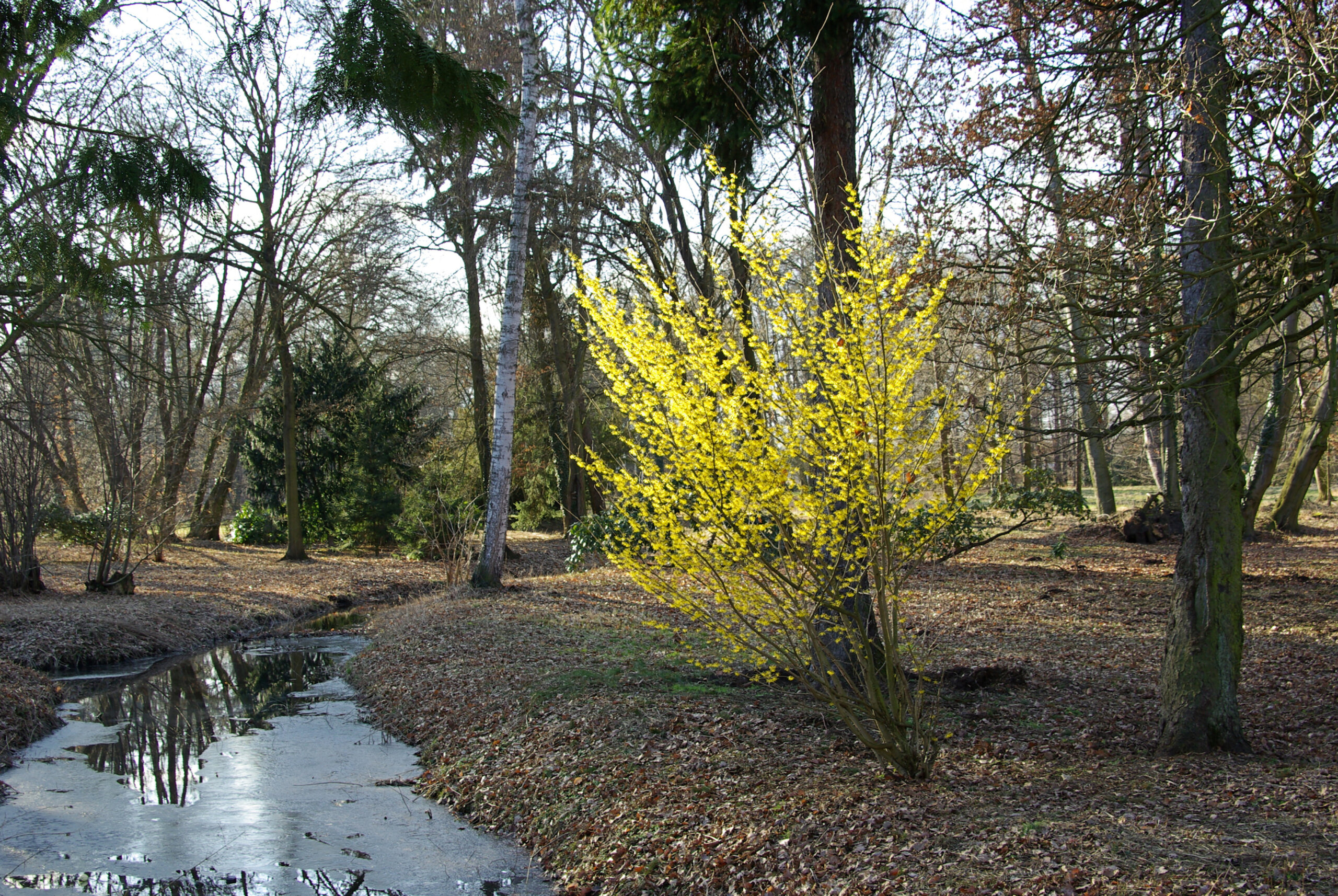Tree Give Away 2024

Watch the video below, or read more about Richmond’s heat islands and the Science Museum’s study here: What Does the Urban Heat Island Effect Mean to Richmond?
Our tree giveaway this year is a bit different from years past. We are focusing on increasing tree canopy coverage in historically underserved neighborhoods in Southside. Some of Richmond’s heat islands are in this area, and temperatures can be 16 degrees hotter than areas of our city with more trees.
We are giving 500 trees away to homeowners in about 15 neighborhoods in zip codes 23234, 23224 and 23225 only. There are 250 trees available to reserve starting on Sept 16th, with another 250 available on the day of the event (Saturday October 12th). Be aware that if you try to reserve trees and you do not live in this area, we will reject your order.
This year, planting assistance will be provided for those who may need it. To be eligible for planting assistance you must:
- Add tree planting when placing your order. Note that volunteer staffing is limited and we cannot plant every tree. We will provide planting advice with all trees.
- Sign a waiver relieving Tree Stewards of responsibility for damage that might occur during planting
- Be home on Saturday Oct 12th between 9 AM – 3 PM with a location selected for the tree
- Contain any dogs or pets away from volunteer Tree Stewards
- Consider calling 811 to check for utility locations. Note that trees should not be planted more than a foot deep.
If you do not live in these neighborhoods and want to purchase low-cost trees, we suggest ordering from the VA Department of Forestry’s Seedling Store starting October 1st. These trees can be ordered in bulk for less than $1 — you may want to coordinate delivery with a neighbor or family friend as there is a minimum shipping charge of $25!
If you need a refresher on planting, check out our guide: How to plant a tree
If you live in zip codes 23234, 23224, 23225 and did not pre-order, you may join us at Hickory Hill community center from 9 AM – 3 PM Sat Oct 12th to claim 2 free trees.
Address verification is required.
Tree Bios
Button Bush (Cephalanthus occidentalis)
-
WILDLIFE: The flowers bloom from late spring to summer, providing nectar for bees, butterflies, and other pollinators. Waterfowl and other birds are drawn to the seeds that develop after flowering. The shrub’s dense structure offers cover and nesting sites for birds.
-
FLOWERS: Distinctive spherical flower clusters form during late spring and persist into summer. The flowers transition to small nut-like fruits, which are consumed by birds.
-
STATS: 6 to 12 feet high / Lifespan: several decades.
-
LANDSCAPE: Flourishes in moist to wet soils, making it an excellent choice for water garden edges, pond borders, and other wetland landscapes. Thrives in full sun to part shade, adapting to various light conditions.
Red Chokeberry (Aronia arbutifolia)
WILDLIFE:
The white or pale pink flowers bloom in spring, providing nectar for bees, butterflies, and other pollinators. The bright red berries that develop in late summer and fall are a food source for birds and small mammals. Its dense branches offer cover and nesting sites for birds.
FLOWERS:
Clusters of small, delicate white flowers appear in spring, transitioning to bright red berries in the fall. These berries persist into winter and are consumed by wildlife, although they are quite tart for human taste.
STATS:
6 to 10 feet high / Lifespan: several decades.
LANDSCAPE:
Thrives in a range of soils, including wet to moderately dry conditions, making it ideal for rain gardens, shrub borders, and woodland edges. Prefers full sun to part shade, showing good tolerance to varying light conditions and moisture levels.
Flowering Dogwood (Benthamidia florida)
- WILDLIFE: Loved by bees, birds, and other pollinators, dogwoods can also attract deer, chipmunks, and squirrels.
- FLOWERS: Blooms appear in April before the foliage. The real flowers are in tiny clusters at the center of the showy white or pink “petals” that we associate with dogwoods.
- STATS: Height: 30 – 40 feet / Life span: up to 80 years
- LANDSCAPE: They do best in moist, acidic soils with some afternoon shade. They can fail when next to excessive heat sources like a parking lot or AC compressors. They will not tolerate drought, so be careful to water thoroughly once or twice a week.
Elderberry (Sambucus canadensis)
- WILDLIFE: Attracts butterflies, birds, and small animals.
- FLOWERS: Clusters of tiny white flowers appear in June / July and fruit ripens in late summer early fall.
- STATS: Height 6 -12 feet/ Life span: 60 years
- LANDSCAPE: Elderberry will grow in wet or dry soil but prefers full sun. They spread by root suckers and will form small colonies of shrubs. Winter pruning can keep them in check.
Fringe Tree (Chionanthus virginicus)
- WILDLIFE: Its flowers attract all kinds of pollinators, and at least 75 different species of birds visit them for their blue-purple fruits, including thrashers, bluebirds, vireos, and finches.
- FLOWERS: March to April blooms are fringe-like and white with a rich fragrance. Fringe trees are either male or female. It’s hard to tell their sex when young, but if you plant more than one together, you increase your chance of getting more fruit.
- STATS: Height:12 – 20 feet
- LANDSCAPE: Fringe trees grow best in rich soil with a neutral to alkaline pH (less acidic soil). It can tolerate clay soils and some drought. The best foliage appears when it is planted in partial shade, and the best flowers are produced in full sun.
American Hornbeam (Carpinus caroliniana )
WILDLIFE:
The small nutlets that develop in clusters after flowering are a food source for birds and small mammals. The dense foliage offers excellent cover and nesting sites for birds. The tree also attracts various pollinators, including bees and butterflies, during its blooming period in spring.
FLOWERS:
Inconspicuous yellow-green catkins bloom in early spring, followed by clusters of small nutlets with papery bracts in the fall. These nutlets are consumed by wildlife, while the tree’s striking fall foliage adds seasonal interest.
STATS:
20 to 35 feet high / Lifespan: up to 100 years or more.
LANDSCAPE:
Prefers moist, well-drained soils and thrives in full shade to part sun. Its attractive, smooth, gray bark and striking fall colors make it a popular choice for naturalistic landscapes, understory plantings, and shaded areas near streams or ponds. One common name for this tree is Musclewood, which refers to the rippled trunk of mature trees.
Possum Haw Viburnum (Viburnum nudum)
- WILDLIFE: The plant’s berries are a valuable food source for birds, including songbirds and waterfowl. It attracts pollinators like bees and butterflies with its nectar-rich flowers.
- FOLIAGE: Attractive glossy leaves that turn shades of red, purple, and orange in the fall, adding to its ornamental value.
- STATS: Height: 6 – 12 feet, lifespan around 20 – 30 years.
- LANDSCAPE: Thrives in various soil types, from wet to well-drained, and is often found in woodland edges, swamps, and wetlands. Tolerates full sun to part shade.
Sweetbay Magnolia (Magnolia virginiana)
- WILDLIFE: Their fruit attracts song birds as well as larger birds, including turkeys and quail, squirrels, possums, and mice. Deer and cattle browse the branches and foliage.
- FLOWERS: Large creamy white flowers about 3 – 5 inches in diameter have a light lemony – vanilla fragrance. Their pollen is very high in protein and it attracts bees, insects, and beetles.
- STATS: Height 10′ – 20’ / Life span: 80 years
- LANDSCAPE: They flower best in full sun and can grow in a variety of soil types. They will tolerate moderate flooding.
Witch Hazel (Hamamelis virginiana)
WILDLIFE: A valuable habitat for wildlife, offering shelter and nesting opportunities for diverse bird species. Its unique small fruits serve as a food source for birds and small mammals.
FLOWERS: Captivating spidery flowers bloom in late winter or early spring, defying the season’s norms. These fragrant clusters range from yellow to orange, providing a burst of color against the winter backdrop.
LEAVES: Simple, alternate, and obovate leaves create an elegant green foliage during the growing season. In fall, they transform into a captivating spectrum of yellow, orange, and red hues.
STATS: 6 to 10 feet, with a similar spread / Lifespan averages 200 to 600 years
LANDSCAPE: Flourishes in environments near water sources such as streams and riverbanks. Demonstrates adaptability to diverse soils, urban settings, and various light conditions. A favorite in gardens and landscapes due to its winter-blooming allure.
